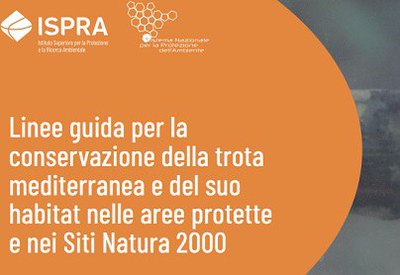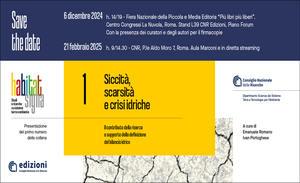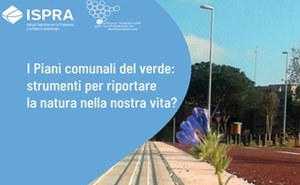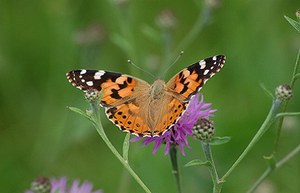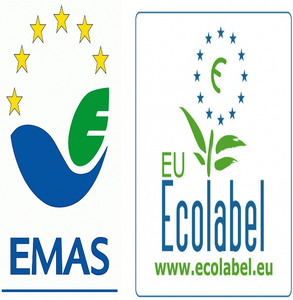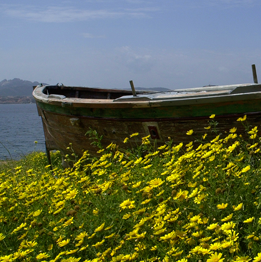
Presentation of the Municipal Waste Report. Edition 2024
Dec 19, 2024 09:30 AM — Dec 19, 2024 01:30 PM Rome, Sala Polifunzionale della Presidenza del Consiglio dei Ministri, Via Santa Maria in Via, 37bMunicipal waste: production increased by 0.7% in 2023, separate collection at 66.6%
In the economic scenario of last year, with the Gross Domestic Product increasing by 0.7%, the national production of urban waste, after the decline of the previous two years, stood at almost 29.3 million tonnes with an increase of 0. 7%.
This is what emerges from the latest edition of the ISPRA Urban Waste Report, presented today in the presence of the Deputy Minister for the Environment and Energy Security Vannia Gava.
As regards separate waste collection, an overall national value of 66.6% was recorded, with percentages of 73.4% in the North, 62.3% in the Center and 58.9% in the South. Overall, almost 71% of Italian municipalities have achieved a percentage of separate waste collection greater than 65%.
As regards treatment and management, the recycling percentage of urban waste stands at 50.8%, up compared to the previous year (49.2%), above the 50% objective set by the legislation for 2020 (by 2030 the objective is much more ambitious and equal to 65%).
The overall municipal waste disposed of in landfill represents 15.8% of the municipal waste produced, standing at 4.6 million tonnes, down compared to the 5.2 million tonnes in 2022.
Report Municipal Waste report 2024
Report Municipal Waste report 2024. Synthesis
All the data are published on the site Waste National Cadastre: http://www.catasto-rifiuti.isprambiente.it/


